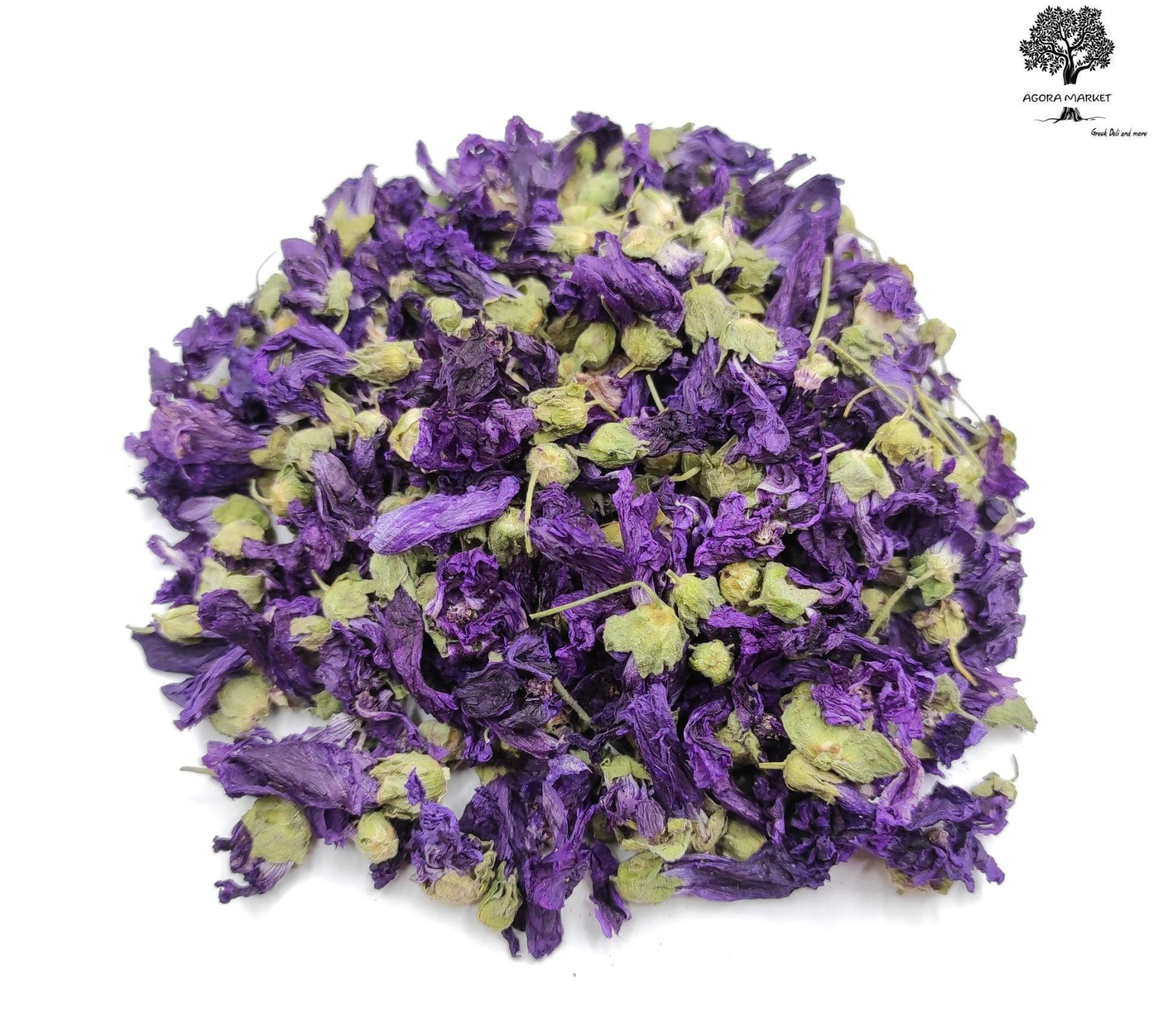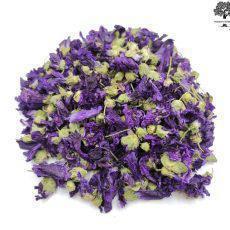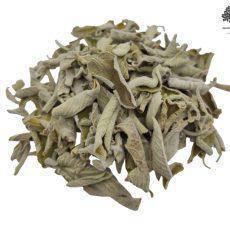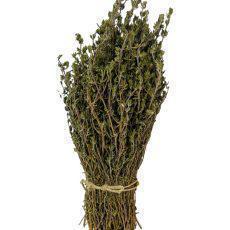Description
Product Information
Name: Mallow
Scientific name: Malva Sylvestris
Family: Malvines or Malachines
Other Names: Agrimolocha, Malachi, Molachi, Mulaga, Abelocha, Amolochaki, Malva
Harvest: June 2023
Expiration Date : Provided on the bag
Description
Malachi is the most common type of Malachi. It is a beautiful perennial and herbaceous plant. Its shoot is erect and has round leaves divided into about five pods. It has large thin leaf stems. The flower, which grows from the shoot, is usually pink with purple rays and consists of five petals surrounding the anthrax.
Interestingly, mallow always grows near residential areas. The mallow sprouts in spring and blooms in summer. The flowers and leaves are carefully collected and dried, from July to September in the shade.
Components
The plant contains flavonoids and lichen. Its flowers are rich in anthocyanins. It also contains vegetable mucus, essential oil and traces of tannin.
Therapeutic actions and uses
- The leaves of mallow are soft. They soothe mucosal irritation and are therefore recommended for bronchitis, dry cough and throat inflammation
- To treat diseases of the digestive and urinary tract (cases of colic, cystitis, gastritis) and intestinal disorders.
- It has laxative properties
- The decoction of mallow with honey cleanses the body of toxins
- A warm drink with a spoonful of thyme honey relieves the sore throat, soothes the cough and helps us breathe better
- Helps with kidney and liver problems
- Relieves those who suffer from hemorrhoids
- It is against urinary retention and hematuria
- For inflammation and edema
- It’s against skin problems
- Mallow palliation relieves eczema
- Helps colic-softens the toes of the feet
- Foot-wheels with mallow infusions relieve swollen feet
- In compresses, relieves abscesses, dithynones and slight burns
Preparation – dosage
Internally
We prefer the use of flowers and leaves or a mixture of both.
Infusion
Pour 2 tablespoons dry herb into a cup of boiling water and leave for 10-15 minutes. Drink the drink three times a day.
Beverage
We use 15-20 g. per liter of water.
Compressor (for external use)
Pour 1 tsp herb in 1 cup water and boil. Then, lower the heat and let it simmer for 10-15 minutes. Use the decoction for compresses.
Tincture
2-4 ml of tincture three times a day.
Milk infusion mixed with a little extra virgin olive oil relieves bee or wasp sting.
Mallow is used in several medicinal products. From its root, ointments and precipitates are produced for wounds, burns and rashes.








